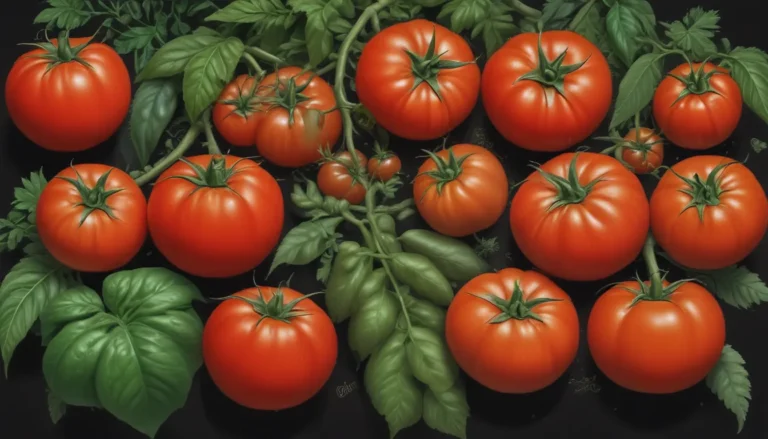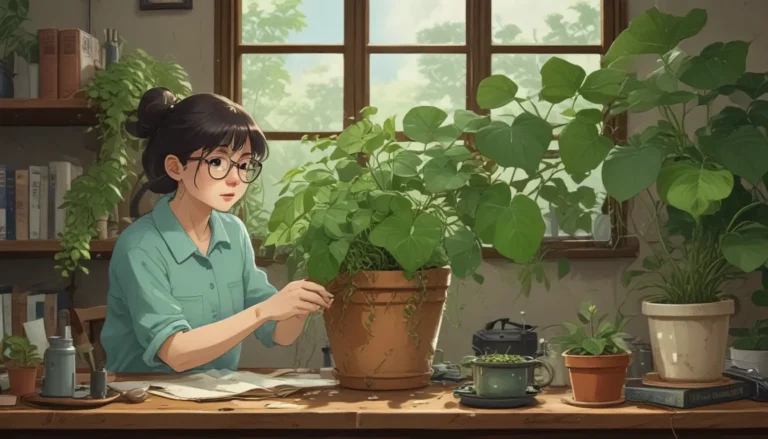In-depth Look at 9 Diseases That Can Destroy Your Swiss Chard

Swiss chard is a standout veggie in any garden, with its vibrant neon-colored stems that not only look beautiful but also taste great. However, like any plant, Swiss chard is susceptible to diseases that can ruin your harvest and turn your plants into a mushy mess. But fear not, with the right knowledge and preventive measures, you can protect your Swiss chard from common diseases that threaten its growth.
9 Common Diseases of Swiss Chard
- Bacterial Soft Rot
- Beet Curly Top Virus
- Cercospora Leaf Spot
- Cucumber Mosaic Virus
- Damping Off
- Downy Mildew
- Leaf Spot
- Powdery Mildew
- Rhizoctonia Rot
If you’re eager to enjoy your Swiss chard disease-free, let’s dive into how you can prevent and treat these common diseases.
1. Bacterial Soft Rot
Symptoms: Brown, water-soaked spots on leaves, decayed midrib.
Bacteria: Pectobacterium carotovorum, Dickeya dadantii, Pseudomonas, Bacillus, Erwinia, Clostridium.
Prevention & Treatment:
– Maintain good garden hygiene.
– Keep insect pests away.
– Water at soil level.
– Rotate crops every three years.
– Ensure adequate calcium levels.
– Clean up garden debris.
2. Beet Curly Top Virus
Symptoms: Stunted growth, curling leaves, yellowing, plant death.
Prevention & Treatment:
– Keep beet leafhoppers away.
– Use floating row covers.
– Introduce beneficial bugs like parasitic wasps and assassin bugs.
3. Cercospora Leaf Spot
Symptoms: Small spots on leaves with light brown centers and red margins.
Prevention & Treatment:
– Rotate crops.
– Maintain weed-free garden beds.
– Water at soil level.
– Use copper sulfate fungicide for treatment.
4. Cucumber Mosaic Virus
Symptoms: Stunted growth, mottled leaves, yellow patches.
Prevention & Treatment:
– Address aphid infestations.
– Implement pest control measures.
5. Damping Off
Symptoms: Failure to germinate, weak seedlings, water-soaked lesions.
Prevention & Treatment:
– Clean tools and pots.
– Start with fresh potting soil.
– Avoid overwatering and over-fertilizing.
– Provide ample sunlight.
– Pre-treat soil with beneficial bacteria like Bacillus subtilis.
6. Downy Mildew
Symptoms: Light green spots on leaves, white or gray fuzzy growth.
Prevention & Treatment:
– Ensure proper spacing for airflow.
– Water at the base.
– Spray with copper sulfate fungicide as treatment or prevention.
7. Leaf Spot
Symptoms: Dark spots with brown halos on leaves, rotting roots.
Prevention & Treatment:
– Rotate crops every three years.
– Use biofungicides for treatment.
8. Powdery Mildew
Symptoms: White fuzz on leaves, spread by wind, insects, and debris.
Prevention & Treatment:
– Monitor plants for signs.
– Use Bacillus amyloliquefaciens strain D747 products.
– Consider using compost tea spray as a preventative measure.
9. Rhizoctonia Rot
Symptoms: Limp, yellowing leaves, rotting at the base.
Prevention & Treatment:
– Manage soil moisture levels.
– Treat with fungicides containing Bacillus subtilis.
Diseases Don’t Stand a Chance
While Swiss chard is relatively resilient, being aware of potential diseases and taking proactive steps can help protect your plants from harm. By practicing good gardening habits, maintaining plant health, and using effective treatments, you can safeguard your Swiss chard crop and enjoy a bountiful harvest.
If you’ve encountered any of these diseases or have questions, share your experiences and inquiries in the comments below. Your insights can help fellow gardeners navigate potential challenges. And if you’re seeking more Swiss chard tips, explore our handy guides on container gardening, fall harvests, and harvesting techniques.
Remember, with the right knowledge and care, you can ensure your Swiss chard thrives disease-free and brings joy to your garden and dining table.
By incorporating detailed information, practical tips, and a friendly tone, this revised article aims to educate readers on preventing and treating diseases affecting Swiss chard. The expanded content provides valuable insights for gardeners seeking to protect their crops effectively.





